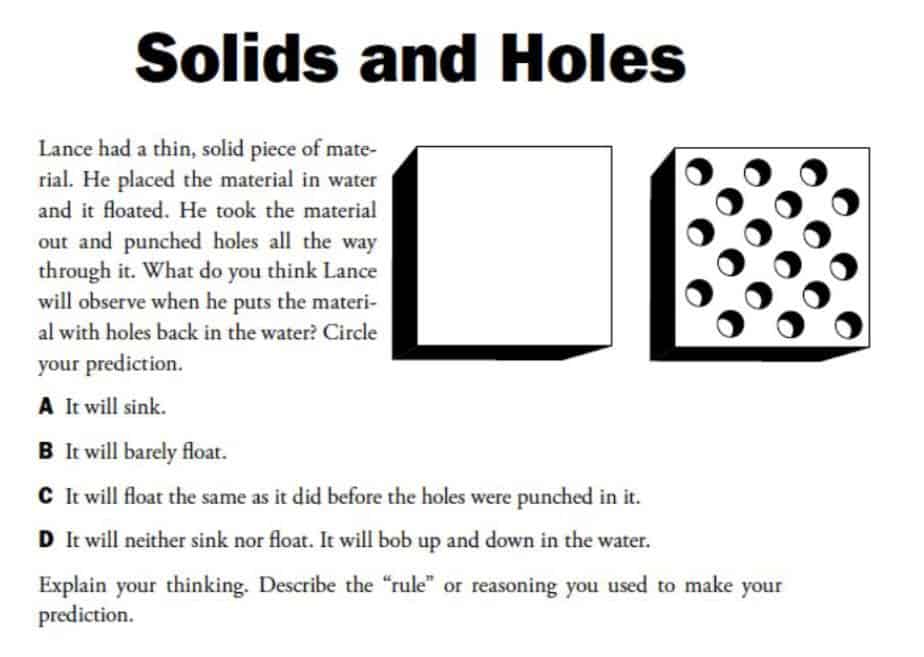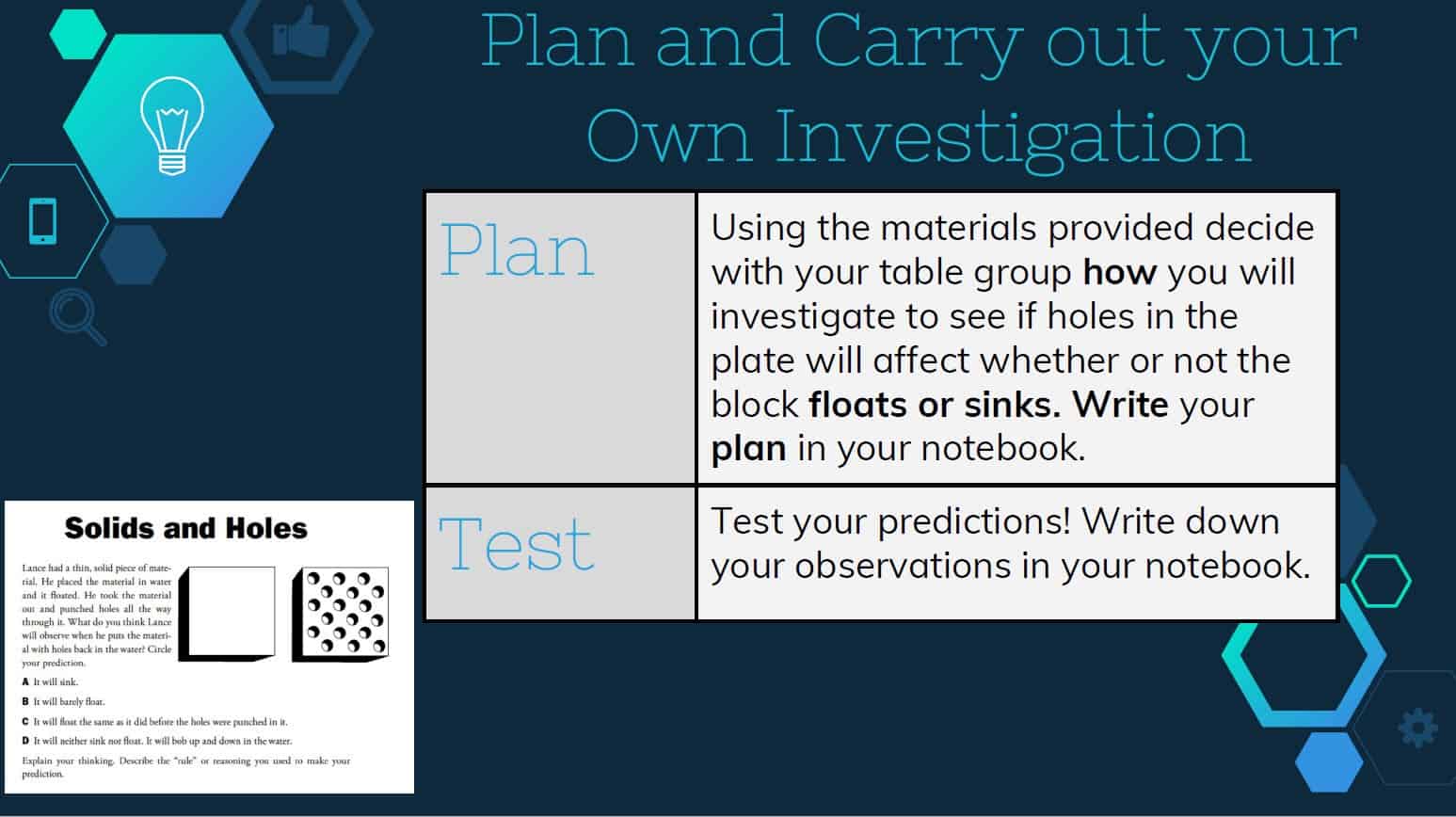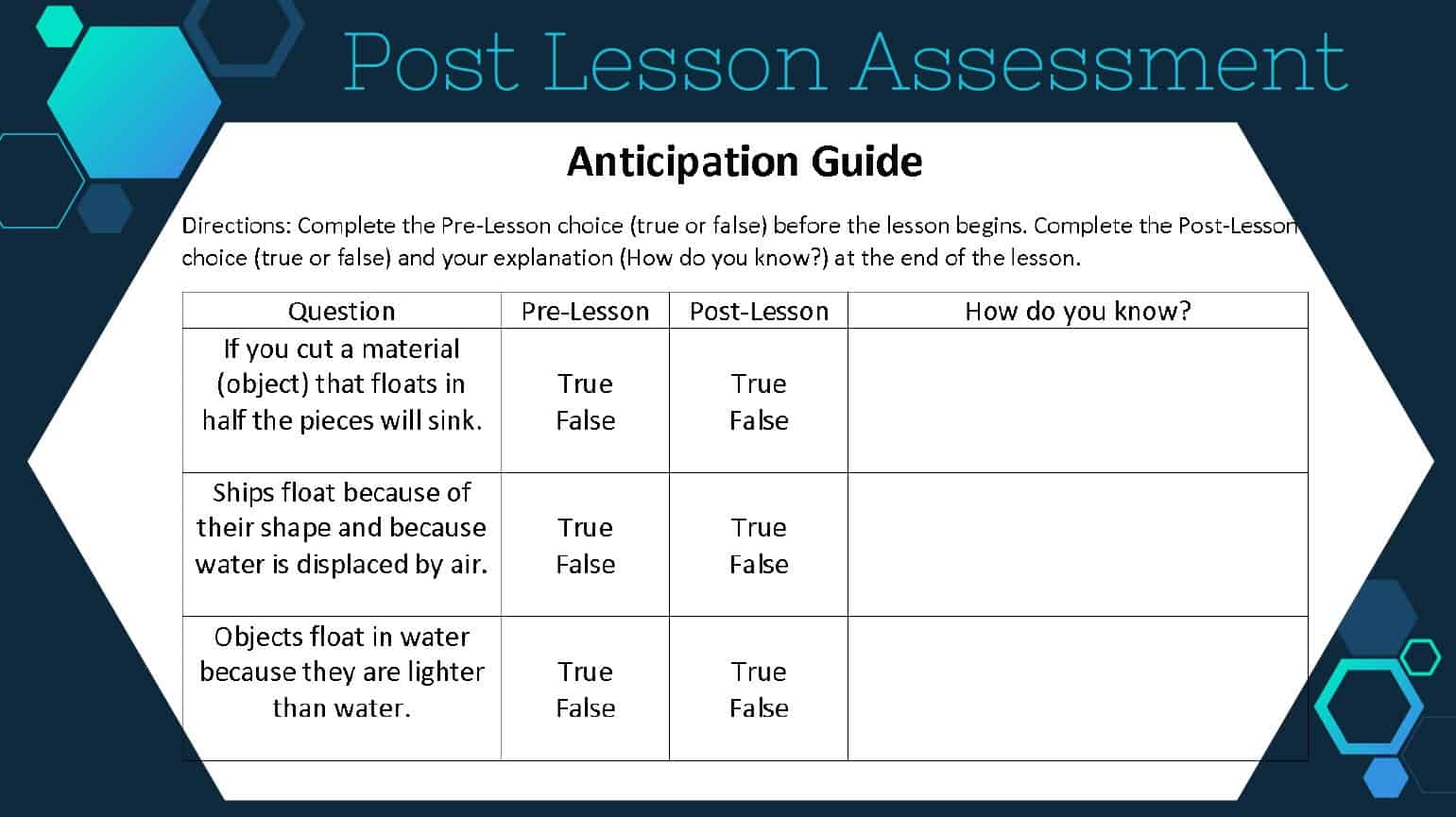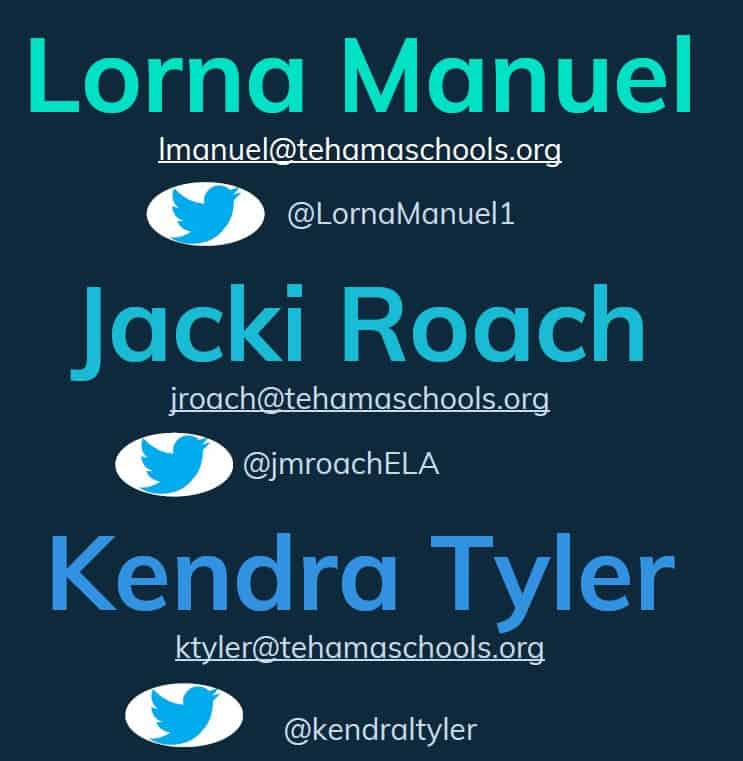By Helen Maltese, Atlas; Spark Webinar led by Lorna Manuel, Jacki Roach, and Kendra Tyler
Lorna Manuel, Jacki Roach, and Kendra Tyler joined us for a Spark Webinar from Tehama County Department of Education where they work with teachers and administrators, providing educational services and professional development to 14 school districts. They walked us through the 5E approach to planning an NGSS-aligned learning sequence, outlined below, for grades 2-4. If you’re not familiar with the 5E model, check out an introductory post here.
Background
Why Use the 5E Model?
The 5E Model captures the inquiry-based process central to the NGSS. For example, instead of taking notes about different types of matter and their properties before delving into a lab, students get to experience the differences and similarities of matter by investigating first. Through this firsthand experience, student learning becomes personal - their knowledge and their thinking is front and center and determines where the lesson goes next.
NGSS Performance Expectations
The NGSS Performance Expectations (PE’s) and 3 Dimensions (CCC’s, SEP’s, DCI’s) inform the 5E learning sequence. In it, the PE’s serve as the endpoint of instruction—what you want students to know and do—and are composed of the 3 dimensions. Taking a closer look at the 3 dimensions helps us think about the prior knowledge and possible misconceptions our students might have before we start instruction.
5E Plan
Lesson Phenomena - How do ships float?
After watching a video, students answer an assessment probe that helps us determine their prior knowledge. Have them record their thinking in a science notebook that they will revisit later. Their response can be captured in writing or as an illustration that models their ideas.
 Emphasize the collaborative and social nature of science, and allow students to investigate in a meaningful way.
Emphasize the collaborative and social nature of science, and allow students to investigate in a meaningful way.
Once students record their initial explanation for how ships float, let them test their ideas through their own investigation. Have students create a plan on poster paper in small groups that they then share with another group for feedback (tip: use color-coded sticky notes to represent the type of feedback!). During their investigations, they should record their findings in their science notebook. It’s key that they have the chance to share their discoveries with each other and revise their investigations.
 Put student thinking on display, and introduce unit or lesson-specific vocabulary. Vocabulary won’t mean anything to students until they’ve had the chance to experiment and explore.
Put student thinking on display, and introduce unit or lesson-specific vocabulary. Vocabulary won’t mean anything to students until they’ve had the chance to experiment and explore.
Students analyze and interpret their findings, which they use to revise their initial explanation in their notebook. Depending on the ability of students, introduce sentence frames or CER to encourage the use of evidence to support their thinking.
This will also be the point to introduce unit specific vocabulary! Once students have observed the meaning of density, buoyancy, and surface tension, they can then truly understand and use these words to accurately describe what they’re seeing. These words won’t matter to the students until they can first observe their meaning.Students apply their newfound knowledge to a new situation.
As a class, experiment with new materials, like metal sheets, wooden dowels, and aluminum foil, testing how to make each float. Engage the class in discussion around their predictions, encouraging them to use evidence and new vocabulary.Students are given a similar scenario to investigate and make sense of.
After cycling through Explore, Explore, Explain, and Elaborate, and you feel your students are ready for their final assessment, have them complete the following Anticipation Guide, or Floating Logs assessment. Keep in mind that NGSS-aligned assessments should always have students explain their answers.
 Remember that the 5E learning model isn’t necessarily linear, and you can spend varying amounts of time on each E, jumping back and forth between them. For example, after an Elaboration phase, you might circle back to Explain, or introduce a new Engage piece. The 5E learning sequence can last a couple days or more, depending on students and where they want to go. A huge thank you to Lorna, Jacki, and Kendra for their work! If you have any questions or comments, please feel free to reach out.
Remember that the 5E learning model isn’t necessarily linear, and you can spend varying amounts of time on each E, jumping back and forth between them. For example, after an Elaboration phase, you might circle back to Explain, or introduce a new Engage piece. The 5E learning sequence can last a couple days or more, depending on students and where they want to go. A huge thank you to Lorna, Jacki, and Kendra for their work! If you have any questions or comments, please feel free to reach out.
 For additional resources, about the 5E Learning Sequence, we recommend these:
For additional resources, about the 5E Learning Sequence, we recommend these:
- 5E NGSS Lesson Template: lesson template that can serve as a framework for the NGSS and 5E model
- 5E for all subjects: guide for the 5E’s regardless of the subject you teach
- K-5 Phenomena: library of curated resources that explain how to determine and use phenomena
- K-5 CER Resources: Claims Evidence Reasoning resources, including videos, sentence frames, and graphic organizers
- Accountable Talk and Talk Science: resources on scientific vocabulary
If you are interested in other PD webinars, check out our library here!

